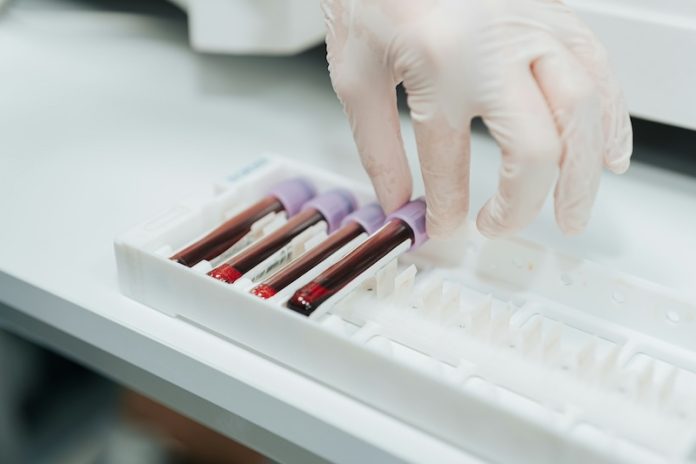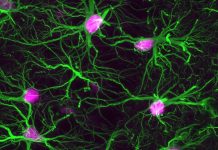
Anemia is the most common blood disorder in the U.S. It occurs when your body doesn’t have enough healthy red blood cells. Red blood cells are needed to carry oxygen from your lungs to the rest of your body. Anemia can leave you feeling tired, weak, dizzy, or short of breath.
You may have headaches, pale skin, or cold hands and feet. But mild cases of anemia may not have symptoms.
Anemia is usually diagnosed via routine blood tests. Additional tests can help identify likely causes or complications of your condition.
There are several types of anemia. The most common is iron-deficiency anemia. It occurs when your body doesn’t have enough iron. Iron is needed to make red blood cells. This type of anemia can arise if you don’t eat enough iron-rich foods or if you’ve had blood loss, such as from menstruation, pregnancy, or certain digestive disorders.
Another type of anemia is caused by a lack of vitamin B12. It’s sometimes called pernicious anemia.
A condition called hemolytic anemia occurs when red blood cells break down faster than they can be replaced. This type of anemia can be caused by infections, some medicines, or inherited conditions like sickle cell disease.
To treat anemia, your doctor may recommend taking iron supplements, vitamins, or medicines that help your body make red blood cells. To prevent anemia in the future, you may be advised to eat a diet rich in iron or certain vitamins.
If you care about inflammation, please read studies about turmeric: nature’s golden answer to inflammation, and what to eat to reduce chronic Inflammation.
For more health information, please see recent studies about how a plant-based diet could help ease inflammation ,and Vitamin D deficiency linked to increased inflammation.
Source: NIH.



